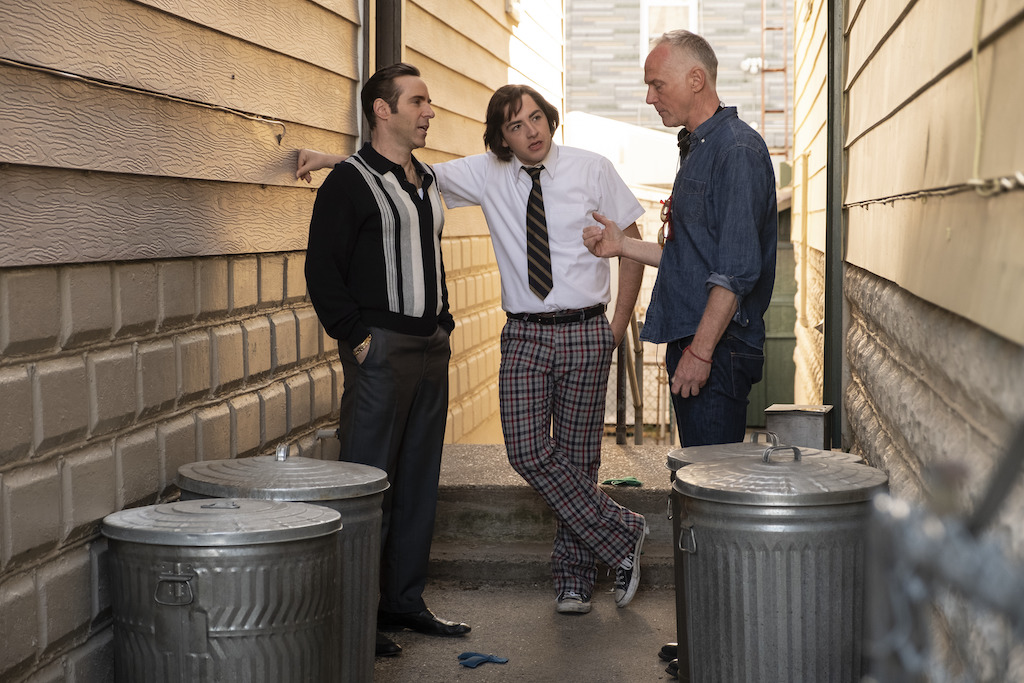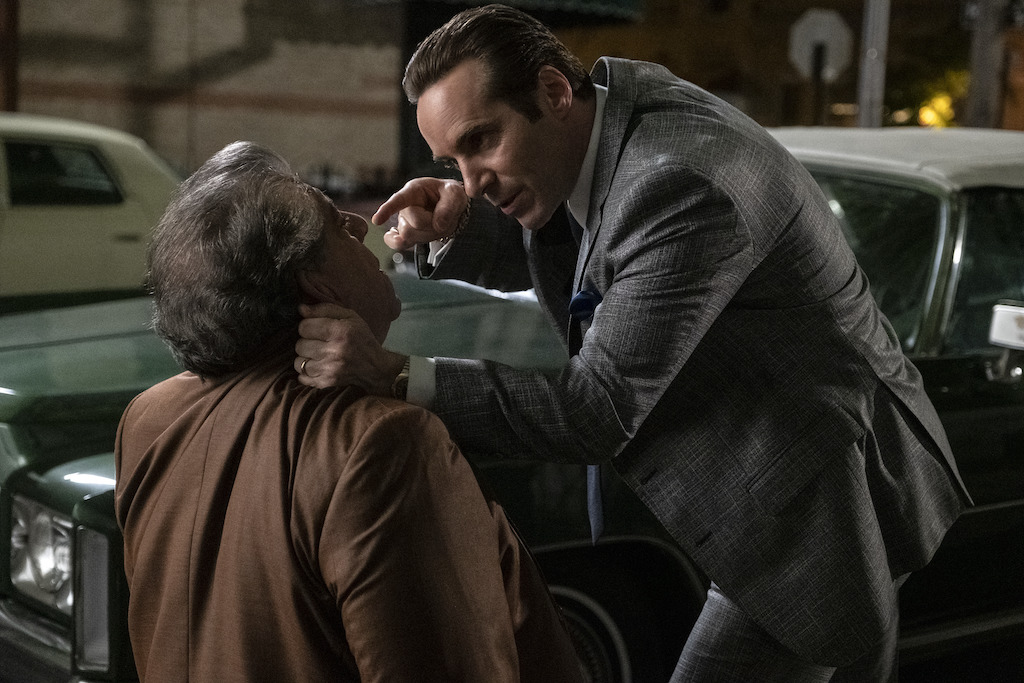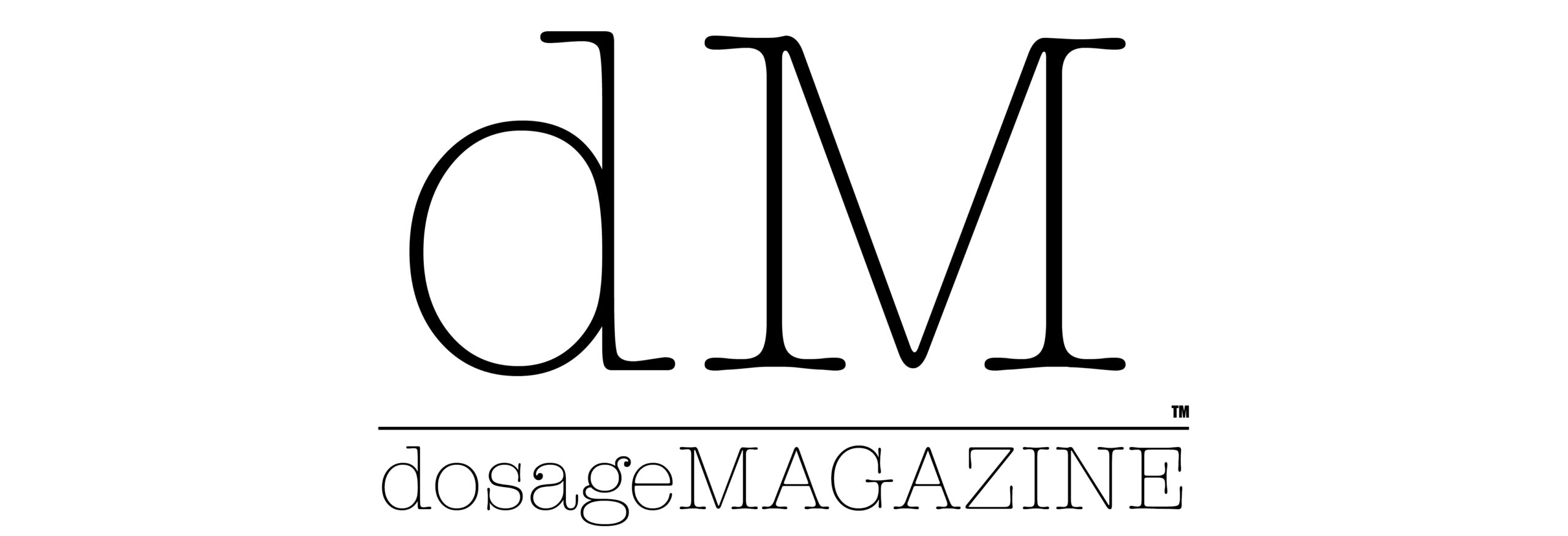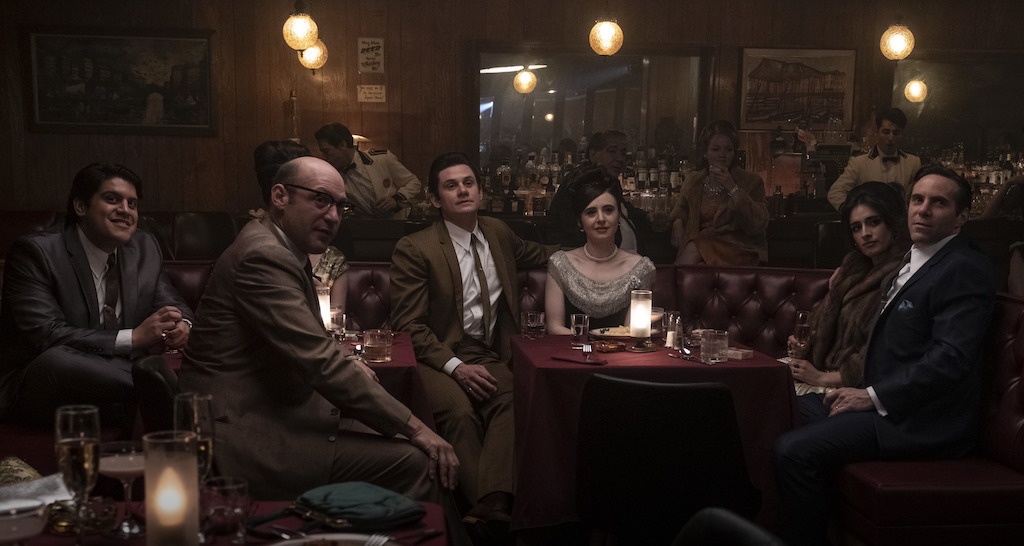
85 miles from Philly, HBO Max’s “The Many Saints of Newark” still has connections to the City of Brother Love.
Before any of our tender readers start grousing about why dosage MAGAZINE is looking so far to the north in which to explain away a review of a fictitious crime family who lived throughout North Caldwell and Verona, NJ, in a prequel to their famed existence in the newly-released The Many Saints of Newark: A Sopranos Story, relax. These northern parts of New Jersey are like the annoying older sister who constantly nagged the shit out of Philadelphia, and in many ways more greatly resemble Philly than even Jersey’s southern half does. And with Philly’s own Leslie Odom Jr. pretty much front-and-center of this Sopranos Story of how Black and White Crime families wound their way through the Sixties and Seventies of a divided America, this film is as relevant to the current racial dialogue as it is to the City of Brotherly Love and Sisterly Affection itself.
Saying that, portraying Odom Jr’s Harold McBrayer as both adjunct mob family henchman-turned-kingpin is what gives The Many Saints of Newark and its Italian mafia usuals new life and relevancy beyond being a Goodfellas-like goombah fest.

The Black riots and lootings of Newark in 1967 that occur when an innocent is wrongfully detained by Jersey’s all-White police and the violence that follows could have happened last night in September 2021. So too could the impoverishment of a battered Newark, and how McBrayer plots his rise beyond the Italian mob family. That same new rival (played juicily by Odom Jr, an actor better known for his musical grace notes as Aaron Burr in Hamilton and Sam Cooke in One Night in Miami) gives the Soprano crime family someone else to shoot at – a blind spot that allows for the surprise twist as to who is guilty for the finale’s bloodlusty crime.
With all that, this is still “A Sopranos Story,” one where Christopher Moltisanti (the dead Michael Imperiolli character) narrates from his grave, speaking in revered, but realistic tones, about his flashy, vicious father “Dickie” Moltisanti (Alessandro Nivola), his mugging uncle “Johnny Boy” Soprano (Tony Soprano’s dad, played by Jon Bernthal), his neurotic aunt Livia (Tony’s mom, played by Vera Farmiga), and the always petty Corrado “Junior” Soprano Jr. (Corey Stoll).
Don’t worry. Clothes and hair conscious extended family members Paulie “Walnuts” (Billy Magnussen) and consiglieri Silvio Dante (John Magaro) are in there too, as is a new-to-the-dynasty’s recounting “Hollywood Dick” Moltisanti and his twin brother Sal “Sally” Moltisanti, both played by the amazing Ray Liotta.
One-time Sopranos series director Alan Taylor and writer-creator David Chase (with Lawrence Konner) have fashioned a dynamic prequel to Chase’s HBO family crime drama series. The sense of closeness and necessary distance required from brothers, uncles and cousins tied to each other by blood and death and spaghetti and meatballs is in full effect for a great Scorsese-like touch. And yet, a David Chase mob family drama stands apart from anything that has come before and after The Sopranos. And while you may marvel how quickly and harshly men such as Dickie and Junior are moved to real violence, it won’t shock you.

What The Many Saints of Newark isn’t is a tale of how “Tony” Soprano got made. Though there is a clue as to what Tony’s future could be at the end of the new film, Michael Gandolfini (the late great James Gandolfini’s son) portrays a square John citizen Anthony looking to a life as a football playing, highly intelligent adult with the playful skills of leadership at his command. Unsupported by his mother and father, however, and guided only by his Uncle Dickie, Tony’s fates are at a crossroads by the time we get to the mournful finale of The Many Saints of Newark.
Some have complained and called this nothing more than an episode of The Sopranos. If that’s true, it is a really good, highly textured episode that readies you for the next chapter.
The Many Saints of Newark opens in theatres and on HBO Max on Friday, October 1.
About Post Author
Discover more from dosage MAGAZINE
Subscribe to get the latest posts sent to your email.

